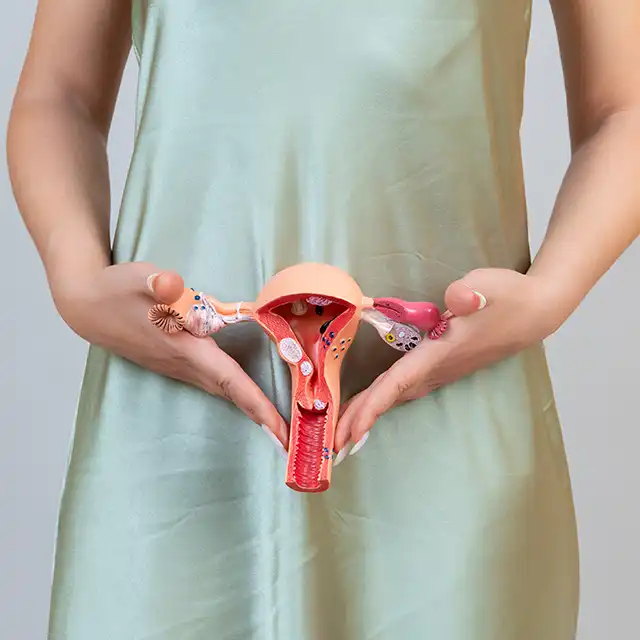
Iron deficiency anemia is a common condition in which the body is unable to form hemoglobin due to a lack of iron. Hemoglobin is an important protein that carries oxygen and transports it throughout the body.
Symptoms
See a doctor if you notice:
- Fatigue, weakness, or lack of energy
- Pale or yellowish skin
- Irregular heartbeats
- Shortness of breath
- Feeling cold
- Dizziness
- Headache or lightheadedness
Causes
Blood loss, pregnancy or irregular heavy periods might lead to this anemic state.
Malnutrition could also cause this condition.
Diagnosis
Your doctor might assess medical history (fatigue, body aches, frequent headaches, skin and eye colour) and do a physical examination (heart rate, breathing rate, enlarged liver/spleen).
Additionally, a blood test to determine the iron level, hemoglobin level, RBC count, and shape or size of the RBC could be advised to establish the severity and cause of anemia.
Treatment and prevention
In mild cases, iron-rich foods (spinach, amaranth, coriander leaves) can help manage this type of anemia. Iron pills along with a balanced diet might be required in severe cases.
Moreover, dark-green leafy vegetables (spinach, amaranths), whole grains, beans, nuts, meat, cereals, etc. in a combined balanced way can fulfil the body’s iron requirements and help prevent being anemic.

















